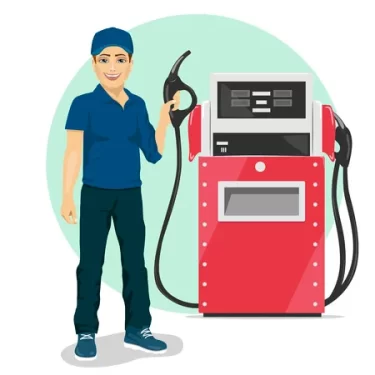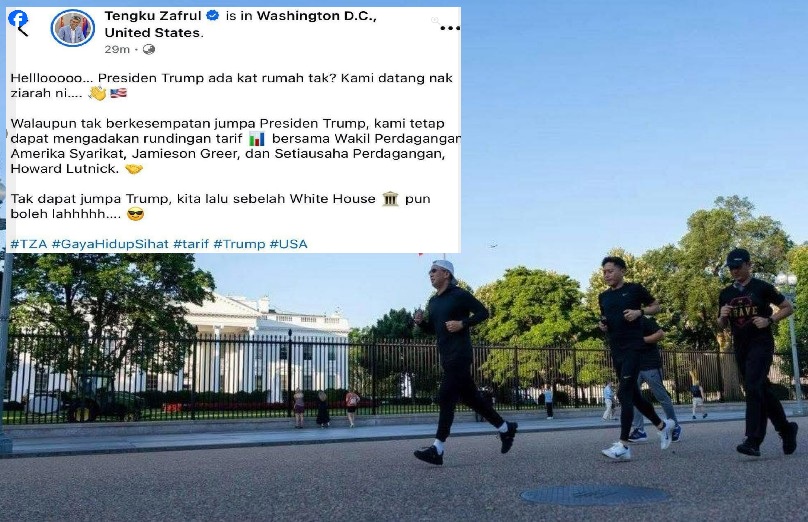PART 1 of the article presents a step-by-step guide to applying for a taxi permit or license. The second part of the story takes care of everything else from motor insurance premium to toll rates and safety and security when driving a taxi.
Motor insurance
Annual premiums for motor insurance are higher than private vehicles. Taxi companies always insure their budget taxis under third party cover so that rental payments are more affordable. For the majority of cabbies, this arrangement had worked out well and worth taking the risk.
But if you have taken a hire-purchase loan for your taxi, your bank is likely to insist that the vehicle is insured under comprehensive cover until the loan is fully settled. Road tax may be cheaper for taxis, but this amount is insignificant compared to other costs or savings.
Fuel choice
Diesel engines are more reliable and give better fuel economy than petrol but at times, there may be a shortage of diesel available at fuel stations. The situation was particularly dire in 2013 due to poor distribution and made worse from smuggling of subsidised diesel out of the country.
Natural gas for vehicle (NGV) was introduced in 1998 and the number of fuel stations offering NGV increased rapidly in the first few years but ran out of steam later.
In 2016, I wrote “Empty promises as taxi drivers left to fend for themselves” as the number of NGV stations dropped.
With limited NGV refuelling stations and time spent on queuing to refuel, it is probably not worth spending on an expensive NGV conversion kit as it will take a long time to recoup your investment. Moreover, the bulky gas cylinder takes up space in the boot.
Although much cheaper than petrol, NGV generates less power per litre and combust at higher temperature. Many cabbies dumped the initial batch of Proton Exora taxis back to taxi companies after the exhaust valves kept burning and the engine had to be repaired repeatedly.
Cheaper toll
Toll rates for taxis are cheaper than private cars and this benefits the driver when the taxi is running empty as passengers are required to bear the cost of tolls.
Staff manning toll booths at taxi lanes will switch to cheaper rates upon seeing a taxi or rental car approaching to pay toll.
Apart from recognisable body colours, the number plates of taxis and rental cars are in reverse colour with black lettering in white background. For all other vehicles, the letterings are white and background black.
Although luxury taxis are indistinguishable from private cars, including vehicle registration number starting without H in front and should use standard type number plates, many are fitted with number plates meant for normal taxis just to qualify for cheaper tolls.
Taxi operations
For those bent on operating a taxi to earn a living, especially to raise a family, it would be the worst career decision one can ever make. The golden years for driving taxis were from 1998 to 2002, particularly those driving premier taxis.
Although metered rates were only RM1 per km and RM16 per hour, most premier taxi drivers were able to collect more than RM10,000 in fares every month until the severe acute respiratory syndrome (SARS) hit the region in 2003 and international travel came to almost a standstill.
Those who enjoy sitting behind the wheel and wish to make driving an occupation should drive trailers and easily earn up to RM7,000 per month.
Whereas those who insist on driving taxis now may not earn enough to repay the hire-purchase loan, much less bring food to the table.
In the old days, taxi drivers only have to wait at strategic spots before getting passengers. Those days are long gone. In recent years, e-hailing drivers have been busy accepting and running more trips, as their fares will always be lower, and hence their service more popular than taxis.
Safety & security
Being cooped up inside a car with different people every day runs a much higher risk of being infected by a communicable disease or coronavirus than any other job with better ventilation. The same air keeps circulating within the car without any high efficiency particulate air filter.
The premier taxi I used to drive two decades ago was the Enviro 2000 model custom built from Renault Espace chassis.
It was fitted with a transparent plastic partition separating the driver with passengers and I could unlock the passengers’ doors without unlocking the front doors.
I picked up passengers freely, including foreign workers, and did not choose trips. Budget taxi drivers had to choose passengers and trips, lest they get robbed or even killed.
Unlike e-hailing booked through apps, anyone could flag down a passing taxi or approach a waiting cabbie.
Taxis were favourite target of robbers. They would choose a remote area as the destination and upon reaching there would rob, assault and tie up the taxi driver, who may eventually die if not found. Then the taxi will be used to rob other passengers or commit other robberies or crimes.
Even e-hailing is not totally safe. Who would have thought that a 16-year-old girl from Tangkak, Johor, would slash the throat of an e-hailing driver upon reaching Jalan Kovil Hilir in Kuala Lumpur when she could not pay the RM400 fare as agreed earlier for the 164 km trip?
In conclusion
The more expensive the car, the more savings on excise duty. But motor insurance premiums would be higher and routine vehicle inspections a hassle.
Also, you need to apply and renew a public service vehicle (PSV) licence to drive a taxi on top of a competent driving licence (CDL).
However, you enjoy lower toll and get to pick up fare-paying passengers whenever you wish to earn some pocket money.
You may get to meet some interesting or nasty people, but most passengers would be like ships that pass in the night.
Newcomers may get to earn as much as those that have driven taxis for more than 20 years. This means that it is a job without any career advancement or development.
Awarding licences to young men or women to operate taxis or rental cars may boost the local taxi industry, but it could also be leading them into a low-income trap. Just like it is better to sell handphones than cameras, providing e-hailing service is better than operating taxis. – April 19, 2022
YS Chan is Asean Tourism Master Trainer for travel agencies, master trainer for Mesra Malaysia and Travel & Tours Enhancement Course. He is also a tourism and transport industry consultant and writer.
The views expressed are solely of the author and do not necessarily reflect those of Focus Malaysia.











